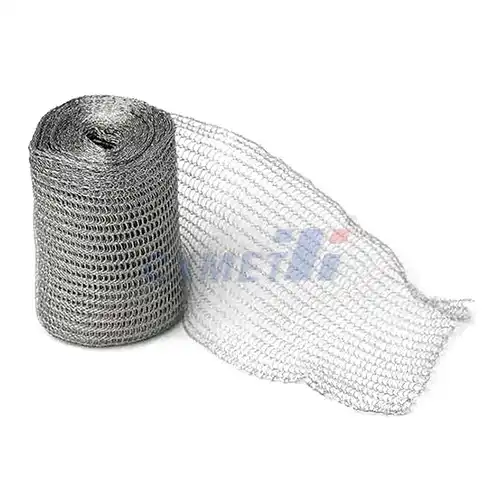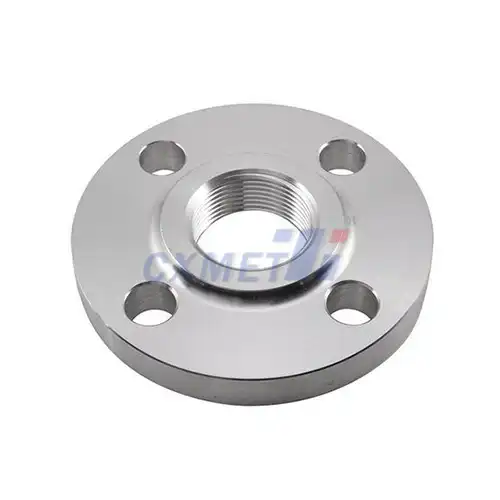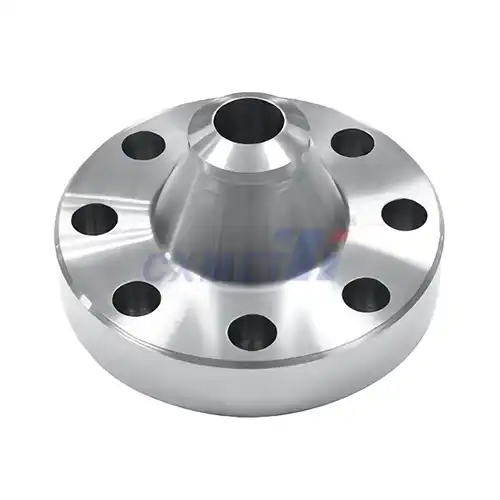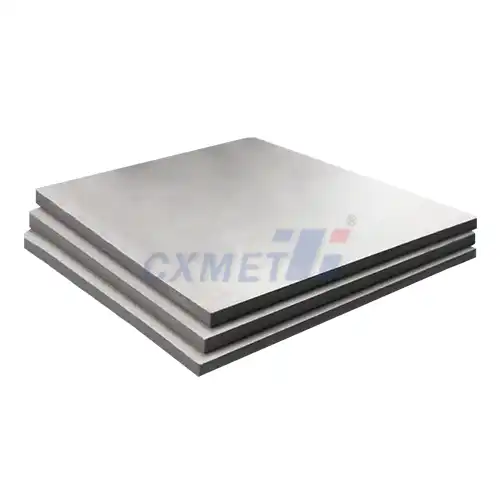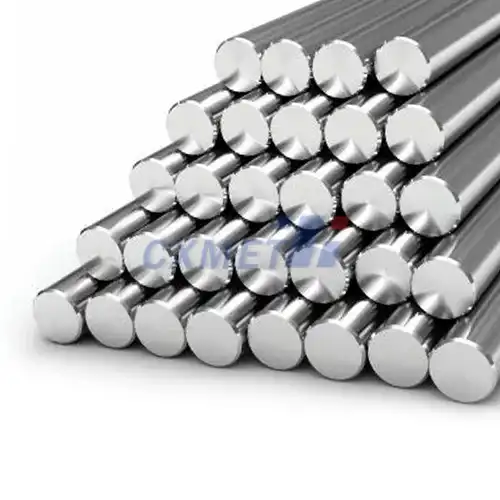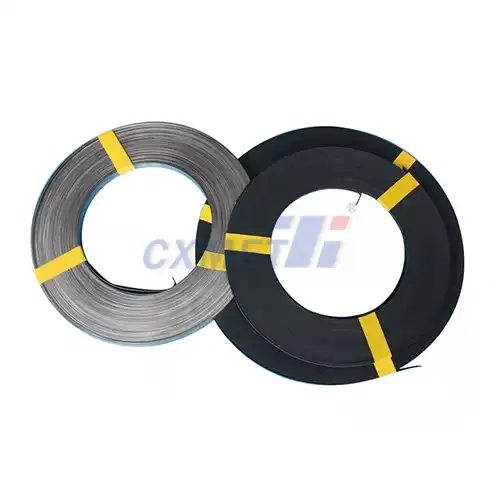- English
- French
- German
- Portuguese
- Spanish
- Russian
- Japanese
- Korean
- Arabic
- Greek
- German
- Turkish
- Italian
- Danish
- Romanian
- Indonesian
- Czech
- Afrikaans
- Swedish
- Polish
- Basque
- Catalan
- Esperanto
- Hindi
- Lao
- Albanian
- Amharic
- Armenian
- Azerbaijani
- Belarusian
- Bengali
- Bosnian
- Bulgarian
- Cebuano
- Chichewa
- Corsican
- Croatian
- Dutch
- Estonian
- Filipino
- Finnish
- Frisian
- Galician
- Georgian
- Gujarati
- Haitian
- Hausa
- Hawaiian
- Hebrew
- Hmong
- Hungarian
- Icelandic
- Igbo
- Javanese
- Kannada
- Kazakh
- Khmer
- Kurdish
- Kyrgyz
- Latin
- Latvian
- Lithuanian
- Luxembou..
- Macedonian
- Malagasy
- Malay
- Malayalam
- Maltese
- Maori
- Marathi
- Mongolian
- Burmese
- Nepali
- Norwegian
- Pashto
- Persian
- Punjabi
- Serbian
- Sesotho
- Sinhala
- Slovak
- Slovenian
- Somali
- Samoan
- Scots Gaelic
- Shona
- Sindhi
- Sundanese
- Swahili
- Tajik
- Tamil
- Telugu
- Thai
- Ukrainian
- Urdu
- Uzbek
- Vietnamese
- Welsh
- Xhosa
- Yiddish
- Yoruba
- Zulu
How do MMO Linear Stripe Anodes Compare to Other MMO Anode Forms?
2024-09-14 15:26:50
Mixed Metal Oxide (MMO) anodes have revolutionized various industries due to their exceptional performance and durability. Among the different forms of MMO anodes, linear stripe anodes have gained significant attention for their unique design and advantages. This blog post will explore how MMO Linear Stripe Anodes compare to other MMO anode forms, highlighting their benefits and applications in various industrial settings.
What are the advantages of MMO coated titanium anodes?
MMO coated titanium anodes have become increasingly popular in recent years due to their numerous advantages over traditional anode materials. These anodes combine the strength and lightweight properties of titanium with the superior electrochemical performance of mixed metal oxides, resulting in a highly efficient and long-lasting electrode.
One of the primary advantages of MMO coated titanium anodes is their exceptional durability. The titanium substrate provides excellent mechanical strength and resistance to corrosion, while the MMO coating offers superior electrochemical stability. This combination results in anodes that can withstand harsh operating conditions and maintain their performance over extended periods, significantly reducing the need for frequent replacements and minimizing downtime in industrial processes.
Another significant advantage of MMO coated titanium anodes is their high catalytic activity. The mixed metal oxide coating, typically composed of precious metal oxides such as iridium, ruthenium, and tantalum, exhibits excellent electrocatalytic properties. This enhanced catalytic activity leads to lower overpotentials and improved energy efficiency in various electrochemical processes, such as chlorine production, water treatment, and cathodic protection systems.
The versatility of MMO coated titanium anodes is another key advantage. These anodes can be manufactured in various shapes and sizes, including linear stripe configurations, mesh designs, and tubular forms. This flexibility allows for optimized electrode geometries tailored to specific applications, ensuring maximum efficiency and performance across a wide range of industries.
Furthermore, MMO coated titanium anodes offer excellent dimensional stability. Unlike traditional anodes that may experience significant wear and dimensional changes during operation, MMO anodes maintain their shape and size over time. This stability ensures consistent performance and uniform current distribution throughout the anode's lifespan, leading to more predictable and reliable operation in electrochemical systems.
The low chlorine and oxygen overpotentials of MMO coated titanium anodes contribute to their energy efficiency. In chlor-alkali processes, for instance, these anodes require less energy to produce chlorine compared to traditional graphite or platinum-based anodes. This energy savings translates to reduced operating costs and a smaller carbon footprint for industrial operations.
How long do MMO anodes last compared to other anode types?
The longevity of anodes is a critical factor in determining their overall cost-effectiveness and suitability for various applications. Mixed Metal Oxide (MMO) anodes have gained a reputation for their exceptional lifespan compared to other anode types, making them a preferred choice in many industrial settings.
When comparing the lifespan of MMO anodes to other anode types, it's important to consider the specific operating conditions and applications. However, in general, MMO anodes significantly outperform traditional anode materials such as graphite, lead, and even platinum-coated titanium in terms of longevity.
One of the key factors contributing to the extended lifespan of MMO anodes is their unique composition and structure. The mixed metal oxide coating, typically consisting of precious metal oxides like iridium, ruthenium, and tantalum, is applied to a titanium substrate. This combination results in an anode with exceptional chemical stability and resistance to corrosion, even in harsh operating environments.
In chlor-alkali applications, for instance, MMO anodes can last up to 8-10 years or more, depending on the operating conditions. This is a significant improvement over graphite anodes, which may need replacement every 1-2 years, or lead anodes, which typically last 3-5 years. The extended lifespan of MMO anodes translates to reduced downtime for anode replacements and lower overall maintenance costs for industrial operations.
In cathodic protection systems, where anodes are used to prevent corrosion of metal structures, MMO anodes have demonstrated lifespans of 20 years or more. This longevity is particularly valuable in offshore and marine applications, where anode replacement can be costly and challenging. Traditional sacrificial anodes, such as zinc or aluminum, may need replacement every 5-10 years, making MMO anodes a more cost-effective and reliable choice in the long run.
Water and wastewater treatment applications also benefit from the extended lifespan of MMO anodes. In these environments, where anodes are exposed to various contaminants and chemical species, MMO anodes can maintain their performance for 10-15 years or more. This longevity is significantly higher than that of other anode materials, such as stainless steel or carbon, which may require replacement every 2-5 years due to corrosion or performance degradation.
The remarkable lifespan of MMO anodes can be attributed to several factors:
1. Dimensional stability: MMO anodes maintain their shape and size over time, ensuring consistent performance throughout their lifespan. This stability contrasts with other anode types that may experience significant wear or erosion during operation.
2. Resistance to passivation: The mixed metal oxide coating resists the formation of passivating layers that can impair anode performance over time. This resistance helps maintain high catalytic activity and efficiency throughout the anode's life.
3. Low dissolution rate: MMO anodes exhibit extremely low dissolution rates, meaning they lose very little material during operation. This characteristic contributes to their long-term stability and performance.
4. Resistance to fouling: The surface properties of MMO anodes help prevent the accumulation of deposits and contaminants that can reduce efficiency and lifespan. This self-cleaning effect ensures consistent performance over extended periods.
5. High oxygen evolution efficiency: In applications involving oxygen evolution, MMO anodes demonstrate high efficiency and stability, reducing the formation of harmful by-products that could degrade the anode over time.
What are the applications of MMO linear stripe anodes in industry?
MMO linear stripe anodes have found widespread applications across various industries due to their unique design and superior performance characteristics. These anodes feature a linear configuration of mixed metal oxide coating applied in stripes along a titanium substrate, offering advantages in terms of current distribution, efficiency, and versatility. Let's explore some of the key applications of MMO linear stripe anodes in industry:
1. Cathodic Protection Systems:
One of the primary applications of MMO linear stripe anodes is in cathodic protection systems for corrosion prevention. These anodes are extensively used to protect underground and underwater metallic structures such as pipelines, storage tanks, offshore platforms, and marine vessels. The linear stripe design allows for efficient current distribution along the length of the structure, ensuring comprehensive protection against corrosion.
In impressed current cathodic protection (ICCP) systems, MMO linear stripe anodes can be installed in a variety of configurations, including deep groundbeds, shallow horizontal groundbeds, or directly on the structure in the case of marine applications. Their low consumption rate and ability to operate at high current densities make them ideal for long-term corrosion protection in challenging environments.
2. Water and Wastewater Treatment:
MMO linear stripe anodes play a crucial role in various water and wastewater treatment processes. In electrochemical water treatment systems, these anodes are used for the generation of oxidants such as chlorine, ozone, and hydroxyl radicals, which are effective in disinfection and the removal of organic contaminants.
The linear stripe configuration allows for optimal placement within treatment tanks or channels, ensuring efficient mixing and contact with the water being treated. This design is particularly beneficial in large-scale municipal water treatment plants, where uniform distribution of oxidants is essential for effective treatment.
3. Chlor-alkali Production:
The chlor-alkali industry, which produces chlorine, sodium hydroxide, and hydrogen through the electrolysis of brine, extensively utilizes MMO anodes. While mesh-type MMO anodes are common in this application, linear stripe anodes offer advantages in certain cell designs, particularly in narrow-gap cells or specialized electrolyzers.
The linear stripe configuration can provide improved gas release and electrolyte circulation in these applications, leading to enhanced efficiency and reduced energy consumption in the chlor-alkali production process.
4. Electroplating and Metal Finishing:
In the electroplating and metal finishing industries, MMO linear stripe anodes are used in various processes, including electrodeposition of metals, anodizing, and electropolishing. The linear design allows for uniform current distribution across the workpiece, resulting in consistent plating thickness and surface finish.
These anodes are particularly valuable in rack plating operations, where they can be strategically positioned to achieve optimal results on complex-shaped parts. The durability and dimensional stability of MMO linear stripe anodes contribute to consistent performance and reduced maintenance in these demanding applications.
5. Groundwater Remediation:
Environmental remediation projects often employ MMO linear stripe anodes in electrokinetic and electrochemical treatment systems for contaminated soil and groundwater. These anodes can be installed in horizontal or vertical configurations to create an electric field that promotes the movement of contaminants or generates oxidants for in-situ treatment.
The linear stripe design allows for effective coverage of large treatment areas, making them suitable for both ex-situ and in-situ remediation applications. Their resistance to chemical degradation ensures long-term performance in diverse soil and groundwater conditions.
6. Swimming Pool Water Treatment:
MMO linear stripe anodes have found application in advanced swimming pool water treatment systems. These anodes are used in salt chlorination systems, where they electrolytically generate chlorine from salt dissolved in the pool water. The linear configuration allows for efficient installation along pool walls or in dedicated chlorination cells, ensuring uniform distribution of the generated chlorine.
The durability and low maintenance requirements of MMO linear stripe anodes make them an attractive option for both residential and commercial pool applications, providing consistent water quality with reduced chemical handling.
7. Electrodialysis and Desalination:
In electrodialysis and electrodeionization processes used for water desalination and ion removal, MMO linear stripe anodes serve as efficient electrodes. Their linear design allows for optimal placement within the narrow channels of electrodialysis stacks, ensuring uniform current distribution and efficient ion transport.
The chemical stability of MMO anodes in these applications contributes to long-term performance and reliability in desalination plants and industrial water treatment systems.
In conclusion, MMO linear stripe anodes demonstrate remarkable versatility across a wide range of industrial applications. Their unique design, combined with the inherent advantages of mixed metal oxide technology, offers solutions to diverse electrochemical challenges. From corrosion protection and water treatment to specialized manufacturing processes, these anodes continue to play a crucial role in enhancing efficiency, reliability, and sustainability in various industries.
At SHAANXI CXMET TECHNOLOGY CO., LTD, we take pride in our extensive product range, which caters to diverse customer needs. Our company is equipped with outstanding production and processing capabilities, ensuring the high quality and precision of our products. We are committed to innovation and continuously strive to develop new products, keeping us at the forefront of our industry. With leading technological development capabilities, we are able to adapt and evolve in a rapidly changing market. Furthermore, we offer customized solutions to meet the specific requirements of our clients. If you are interested in our products or wish to learn more about the intricate details of our offerings, please do not hesitate to contact us at sales@cxmet.com. Our team is always ready to assist you.
References
1. Kraft, A. (2007). Doped diamond: A compact review on a new, versatile electrode material. International Journal of Electrochemical Science, 2, 355-385.
2. Martínez-Huitle, C. A., & Ferro, S. (2006). Electrochemical oxidation of organic pollutants for the wastewater treatment: direct and indirect processes. Chemical Society Reviews, 35(12), 1324-1340.
3. Panizza, M., & Cerisola, G. (2009). Direct and mediated anodic oxidation of organic pollutants. Chemical Reviews, 109(12), 6541-6569.
4. Trasatti, S. (2000). Electrocatalysis: understanding the success of DSA®. Electrochimica Acta, 45(15-16), 2377-2385.
5. Chen, X., Chen, G., & Yue, P. L. (2001). Stable Ti/IrOx-Sb2O5-SnO2 anode for O2 evolution with high oxygen evolution efficiency. The Journal of Physical Chemistry B, 105(20), 4623-4628.
6. Comninellis, C., & Chen, G. (Eds.). (2010). Electrochemistry for the Environment. Springer Science & Business Media.
7. Parsons, R. (1958). The rate of electrolytic hydrogen evolution and the heat of adsorption of hydrogen. Transactions of the Faraday Society, 54, 1053-1063.
8. Gileadi, E. (2011). Physical electrochemistry: fundamentals, techniques and applications. John Wiley & Sons.
9. Pourbaix, M. (1974). Atlas of electrochemical equilibria in aqueous solutions. National Association of Corrosion Engineers.
10. Bard, A. J., & Faulkner, L. R. (2001). Electrochemical methods: fundamentals and applications. John Wiley & Sons.
